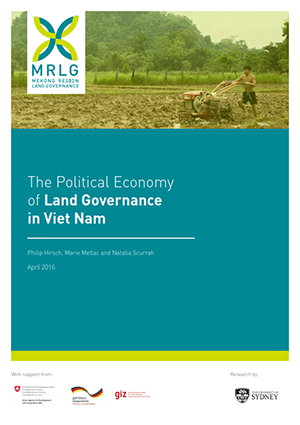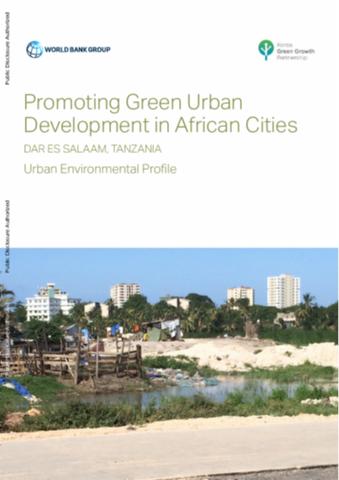La otra cara de la metropolización
En este artículo, dice Miguel Urioste, “(…) queremos desarrollar algunas ideas que nos ayuden a entender cómo esta suigéneris metropolización surge a partir de la secular postergación del campesinado, no es fruto del azar, ni del ineluctable destino, ni de la fatalidad.






